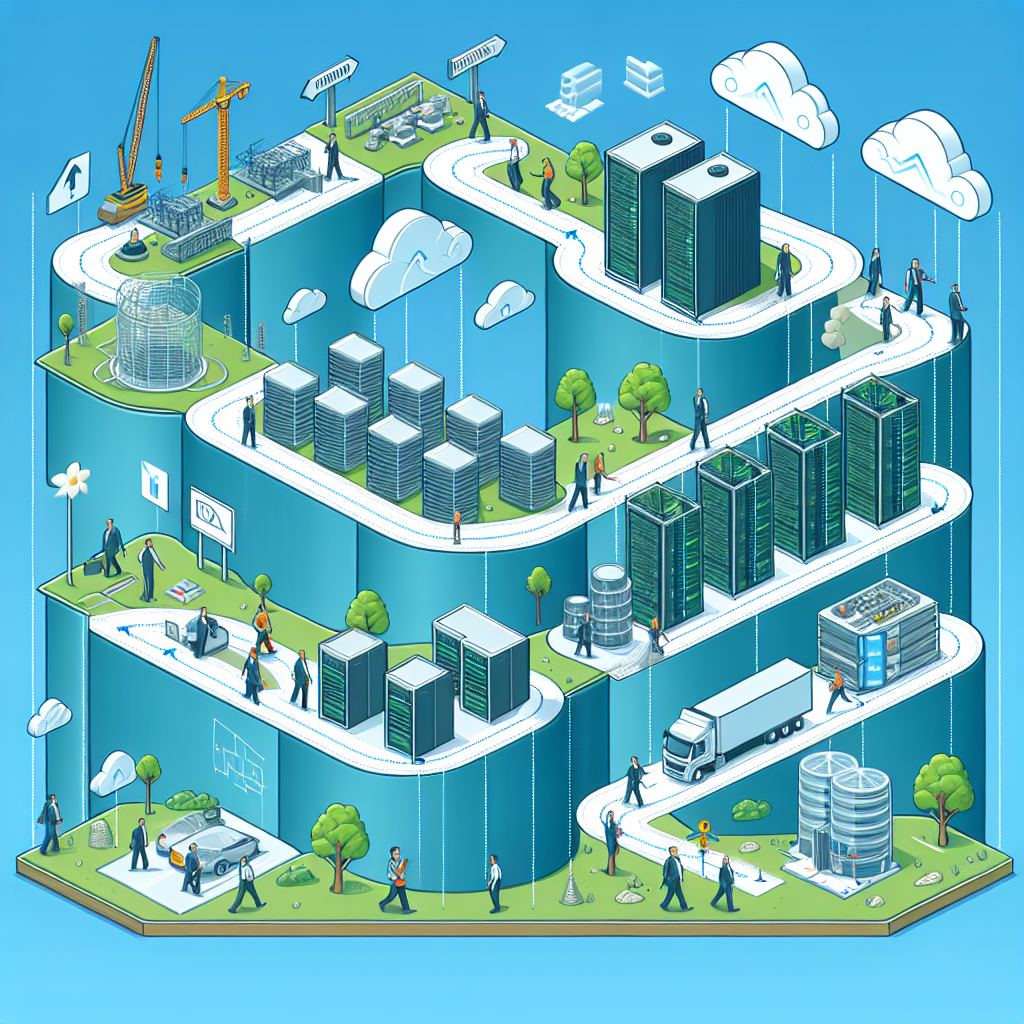Your cart is currently empty!
From Design to Decommission: The Lifecycle of a Data Center

Data centers are the backbone of the digital world, serving as the physical infrastructure that supports the vast network of information and services that we rely on every day. From hosting websites and storing data to powering cloud services and enabling real-time communication, data centers play a crucial role in keeping the modern world connected.
But the lifecycle of a data center is more complex and involved than one might think. It begins with the design and construction of the facility, continues through years of operation and maintenance, and eventually culminates in decommissioning and decommissioning.
The first step in the lifecycle of a data center is the design phase. This involves determining the size and layout of the facility, selecting the appropriate equipment and technology, and ensuring that the infrastructure meets the needs of the organization. Factors such as cooling systems, power supply, and security measures must all be carefully considered during the design process to ensure optimal performance and reliability.
Once the design is finalized, construction begins. This phase involves the physical building of the data center, including the installation of servers, networking equipment, and other necessary components. Construction must be carried out with precision and attention to detail to ensure the facility meets industry standards for performance, efficiency, and safety.
After construction is complete, the data center enters the operational phase. This is where the facility is up and running, serving its intended purpose of storing and processing data. During this phase, regular maintenance and monitoring are crucial to ensure the smooth operation of the data center. This includes tasks such as system updates, equipment checks, and troubleshooting any issues that may arise.
As technology evolves and data center requirements change, there may come a time when the facility needs to be decommissioned. This could be due to factors such as outdated equipment, changes in business needs, or the need for a more efficient and modern facility. Decommissioning involves shutting down the data center, removing equipment, and disposing of any remaining assets in an environmentally responsible manner.
Overall, the lifecycle of a data center is a complex and intricate process that requires careful planning, execution, and management. From design and construction to operation and decommissioning, each phase plays a critical role in ensuring the efficiency, reliability, and sustainability of the facility. By understanding and effectively managing the lifecycle of a data center, organizations can maximize their investment in this vital piece of infrastructure and continue to support the digital world for years to come.

Leave a Reply